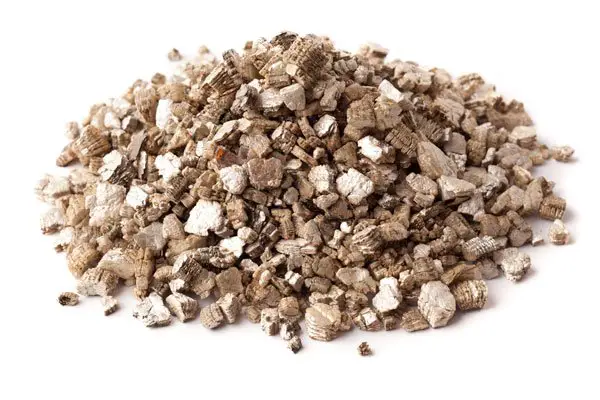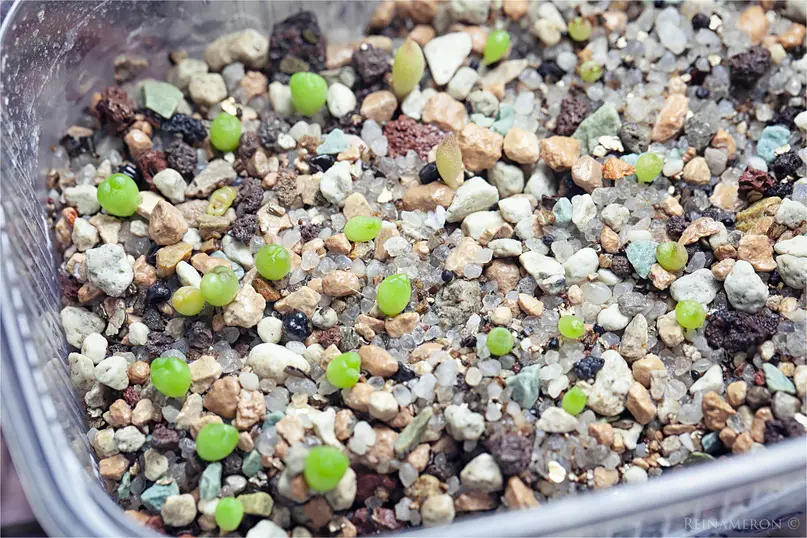Vermiculite is a modern agro material that helps plant breeders to solve many problems. In indoor floriculture and orchids lovers, it is used with great success. Lovers of epiphytes can also use it. The proposed material will tell you how to use Vermiculite for orchids and how vermiculite can help when growing orchids.

Physical properties of vermiculite and use in plant growing
Vermiculite is a product of mica weathering. However, in its pure natural form, this material is suitable only for construction purposes. In plant growing, vermiculite is used, processed in a special way – by firing and air separation. The result is a product with the following properties:
- flowability, lack of caking;
- lamellar-porous structure of particles, giving high hygroscopicity;
- sterility and the ability to suppress the development of putrefactive microflora;
- alkaline reaction, the ability to deoxidize substrates;
- the ability to absorb mineral solutions and gradually give them to plant roots, turning any fertilizer into a prolonged one.
In indoor plant growing, vermiculite is most often used to improve the physical properties of soils. It enhances their ability to retain moisture while maintaining good breathability.
Read also how to pollinate orchids?
Purposes of using vermiculite in growing orchids
The high hygroscopicity of the substrate when growing orchids can be of disservice. Epiphytes are more afraid of waterlogging more than other plants, reacting to it with diseases and the death of the root system. Moreover, they need periodic complete drying, because in nature they grow in conditions of a clear change in the seasons of drought and rains.
However, the advantage of vermiculite is that, even while retaining moisture, it does not create a swamping effect. In this, it is fundamentally different from sphagnum moss for orchids, which is also popular with orchid lovers. With the correct irrigation regime, water is absorbed into the pores of this material, but the surface of its particles remains only slightly moist, they remain friable, there is a lot of air between them. Vermiculite particles gradually release water to the roots when they feel the need for it, and the osmotic pressure rises.
Another plus of vermiculite is that it is produced in different fractions. This makes it possible to select material for different purposes:
| Vermiculite fraction | Particle size | Purpose of application |
| Coarse-grained | 1 cm | Filling pots for orchids without using other fillers (bark, expanded clay, foam, charcoal, etc.);· Addition to insufficiently loose substrates, prone to compaction and waterlogging (sphagnum moss, coconut fiber, etc.). |
| Medium-grained | 4-5 mm | Addition to artificial substrates that do not absorb water (foam crumbs, expanded clay);· Rooting of orchids that have completely lost their roots;· Rooting of children. |
Thus, vermiculite provides growers with room to maneuver. If the main components of the substrate have their own high moisture capacity, vermiculite allows you to absorb excess water. If the substrate does not hold moisture at all, the vermiculite particles increase their hygroscopicity.
Important! There is also finely ground vermiculite, the particle size of which is 0.7-1 mm. This type of material is not used when growing orchids.

Buying and preparing vermiculite for rooting orchids
Vermiculite is now readily available and sold in many garden centers. The only problem is that it is much more difficult to find a large fraction than an average one since the demand for it from growers is lower.
If you cannot find large vermiculite in garden stores, you can search for it in construction centers. True, there it is sold in large bags, depending on the volume of the container.
Coarse-grained vermiculite is a more versatile material than medium-grained. If a smaller fraction is not available, the larger one is quite capable of replacing it. But changing a larger fraction to a small one is undesirable.
You may also like How To Buy Orchids?
Vermiculite does not require any special preliminary preparation for use. It does not need to be ignited or scalded with boiling water pathogenic fungi or bacteria do not live on this material. For use as a filler for orchid pots, it is taken in the following proportions:
- coarse – at least 50% of the total volume of the substrate;
- medium-grained – no more than 30% of the total volume of the substrate.
If the florist is faced with the task of reanimating an orchid without roots, pure medium-grained vermiculite is required, without other components. In this case, you need to act as follows:
- the plant prepared for resuscitation is soaked for 10 minutes in a solution of succinic acid or Ribav-Extra;
- holes are made in a plastic cup along the bottom and along the walls;
- from the inside, the glass is lined with a piece of mosquito net so that vermiculite does not spill out through the holes;
- vermiculite is poured into a glass and poured abundantly with boiled water;
- a five-liter plastic bottle is cut off, a little water is poured onto its bottom and a grate or some other support is installed so that it does not touch the surface of the water;
- a glass of vermiculite is installed on a stand inside the bottle;
- the orchid is set with a “heel” on wet vermiculite and fixed;
- The impromptu greenhouse is covered with the upper cut-off part of the bottle.
This technique allows you to get new roots in 3-4 weeks.
Rules for using vermiculite for orchids
Vermiculite is a material that forgives and compensates for many mistakes. However, when applying it, you need to keep in mind two simple rules:
- Reduce watering. There is no need to succumb to a deceptive external impression: even if the vermiculite looks dry, there may still be enough water between its plates. You need to navigate only by the condition of the roots and leaves of the orchid.
- During resuscitation, do not bury the heel of the orchid in vermiculite. If the plant has any living roots left, they are also not added dropwise, but left on top of the substrate.
Orchids, which are grown in vermiculite pots, are watered only from a watering can. It is not necessary to soak them, as this causes a strong swelling of the substrate particles and injures the roots.
Tip # 1. Vermiculite reduces the amount of orchid feeding. If the specimen is in good condition, actively growing and blooming, two waterings with fertilizers at the beginning of the growing cycle are enough: immediately after the plant wakes up and when a flower arrow appears.
You may also like Do You Cut Off Dead Orchid Stems?
Expert opinion on the use of vermiculite for orchids
Epiphyte specialists are very supportive of the use of vermiculite, noting its beneficial qualities. They believe that problems with this material can arise only with improper plant care:
“In my greenhouse, I root babies only in vermiculite. It is ideal for this purpose. But you need to get used to it and adjust to it – it is too easy to over moisten or overfeed the plant if you keep the usual irrigation and feeding scheme. “
